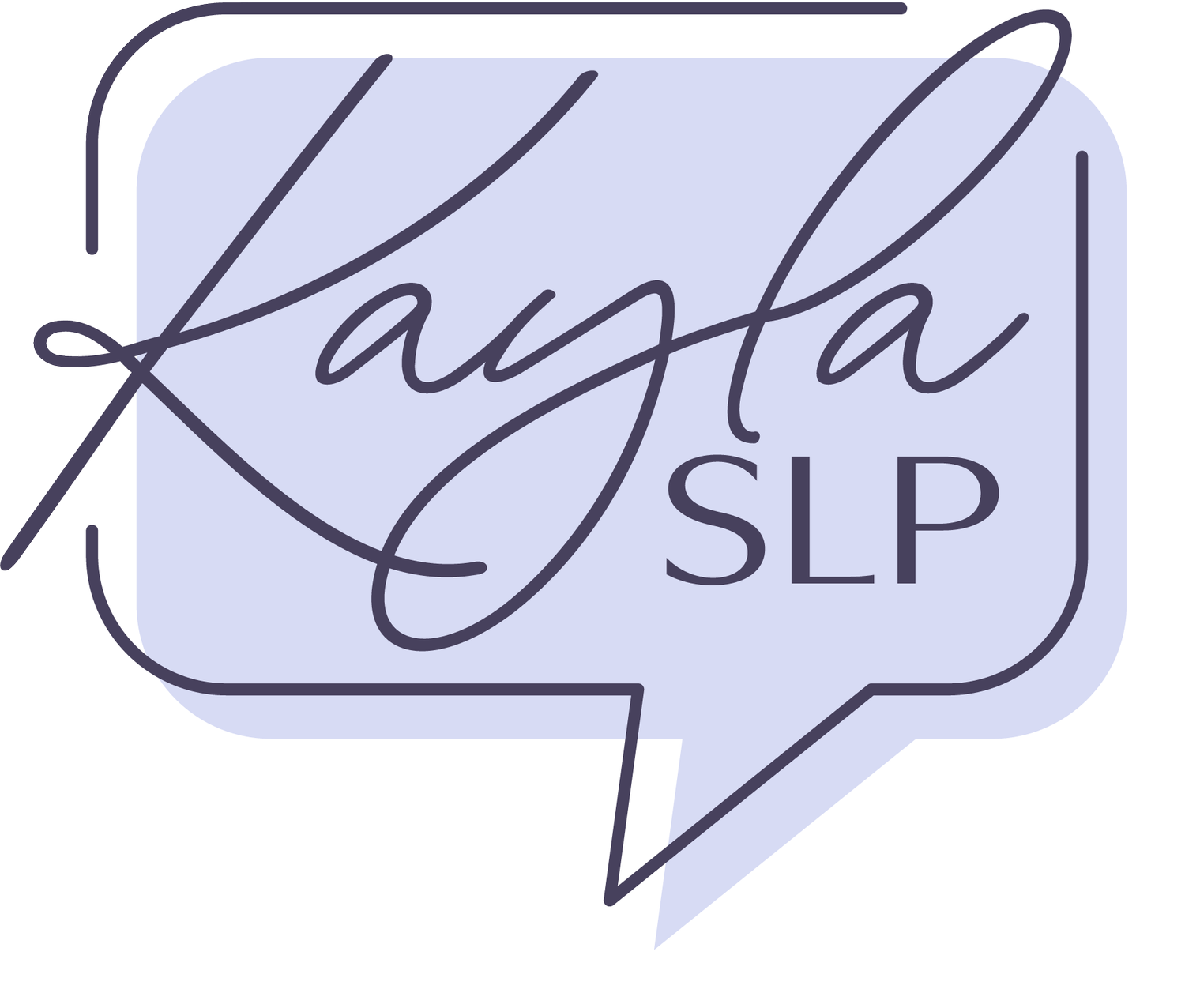Keeping Middle Schoolers Engaged in Speech-Language Teletherapy
Middle schoolers; gotta love 'em. They're quirky, opinionated, a little unpredictable, and very much in that in-between space of childhood and teenhood. And when you're doing speech-language therapy through a screen? Keeping their attention can be a little tricky.
But here’s the good news: with the right tools and a little creativity, your sessions can actually become something they look forward to. Let’s talk strategies that work with their unique mindset, not against it.
First, Let’s Get Into Their Heads
Middle schoolers want freedom, but still need guidance. They’re figuring out who they are, but they also want to be told, “You’ve got this.” Therapy sessions with this age group do best when there’s choice, challenge, and a sense of accomplishment. It’s about striking that sweet spot between structure and autonomy.
Lean Into Tech (It’s Their Native Language)
These kids were practically born with tablets in their hands. When we integrate interactive tech into sessions, it feels natural to them and way more fun. If it looks and feels like a game or a YouTube challenge? Even better. You’re not watering down your goals, but you are incorporating their interests.
"Would You Rather" for Engaging Conversations
Want to hear what a middle schooler actually thinks? Ask, “Would you rather have spaghetti for hair or sweat maple syrup?” Now we’re talking. This simple activity (free with my newsletter) gets them choosing, explaining, and laughing, all while hitting targets for expressive language, fluency, articulation, or social skills. It’s open-ended enough for natural conversations, but structured enough for clear outcomes. Wins all around.
Using Baamboozle for Interactive Learning
Baamboozle is one of my faves for turning therapy goals into a game-show vibe. Middle schoolers love the competition, and you can tailor it to any objective: vocab, grammar, articulation, you name it. Bonus points for the fun graphics and super simple interface.
SLP Now for Literacy-Based Learning
If you’ve ever searched for age-appropriate materials and ended up with worksheets that scream kindergarten... I see you. SLP Now has a library of resources for all ages that make literacy and language work feel relevant and interesting. It’s a go-to when I need structure without sacrificing student buy-in.
Using EdPuzzle for Video-Based Learning
Middle schoolers love videos, and EdPuzzle lets you sneak questions into their viewing time. You can pause the video to check comprehension, highlight vocab, or guide storytelling. Suddenly, that viral clip becomes a powerful language tool. Who says learning can’t come from YouTube?
Using Jeopardy Lab for Gamified Learning
If you’re not already using Jeopardy Labs, it’s time. Create custom games based on your students’ goals and let them choose their questions, because choice = control, and middle schoolers love control. Whether you're targeting syntax or pragmatics, the quiz-show format keeps things fun and focused.
Using Boom Cards for Interactive Learning
These digital cards are awesome for middle schoolers because they’re interactive, immediate, and self-paced. Whether it’s for articulation, grammar, or vocabulary, Boom Cards help students see their progress in real time—and they don’t feel like old-school flashcards.
Using Epic for Book-Based Learning
Epic has a massive digital library, and it’s a great way to sneak literacy into teletherapy. Let your students choose what they want to read (hello, motivation!), then use the text to work on fluency, comprehension, and discussion skills. It’s like a book club, but better tailored.
Using ReadWorks for Audiobooks and Articles
ReadWorks is great for pairing reading and listening. You get articles with built-in questions (score!), and many even come with audio narration, which is perfect for students who benefit from hearing text read aloud. It’s easy to differentiate, and there’s something for every interest.
Tailoring Technology to Individual Goals
Not every middle schooler will love every tool. That’s okay. The magic happens when you tailor your approach to the individual. Rotate platforms, switch up activities, and lean into their interests. When therapy feels personal, students stay engaged—and that’s when the real progress shows up.
To Wrap It Up…
Middle schoolers aren’t impossible, they’re just wonderfully complex. With the right tech tools and a flexible mindset, teletherapy becomes less of a battle and more of a collaboration. Keep it interactive, let them feel in charge, and mix in a little competition or humor and you'll see even your most resistant students start to lean in.
Love this post?
Pin it for later!
Save this blog post to your favorite Pinterest board so you can come back to it anytime.


